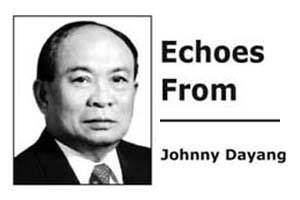CHINA is the world’s largest tea producer, accounting for around 43% of world production. Tea consumption has also grown rapidly in China faster than the rest of countries across the globe thanks to emerging economies. Shift of consumer preferences from traditional tea to specialty tea and the growing number of tea houses are the key factors of growth.
A new wave of consumers with higher income is turning to tea as a fashionable product. Young urban consumers have emerged as the fastest growing segment, eager not only to pay a premium for specialty teas but also curious to know more about the product they consume – its quality, origin and contribution to development. Young, upper-middle class consumers are looking for fashionable products to be integrated into their lifestyle, which now also includes gourmet quality tea, and consuming them in the sophisticated environments of specialty teashops and exclusive restaurants, hotels and cafes.
On the fun side, the iced and creamy bubble tea (also known as pearl milk tea, bubble milk tea, or simply boba) which originated from Taiwan became very popular in mainland China. The fun of bubble milk tea comes from the small chewy tapioca balls, also known as the “pearls” or boba, in the drink with a choice of black, green, or oolong tea, and come in many flavors (both fruit and non-fruit). Customers choose their drinks, pick a size, level of sweetness and ice, and huge variety of optional toppings, this makes bubble tea not only a personalized drink but also a snack.
Cheese tea is the name for cold tea topped with a foamy layer of milk and cream cheese and sprinkled with salt. A special lid that circulates just the right amount of air for sipping, and shields the drinker from a foam mustache, which drinkers posts on social media.



